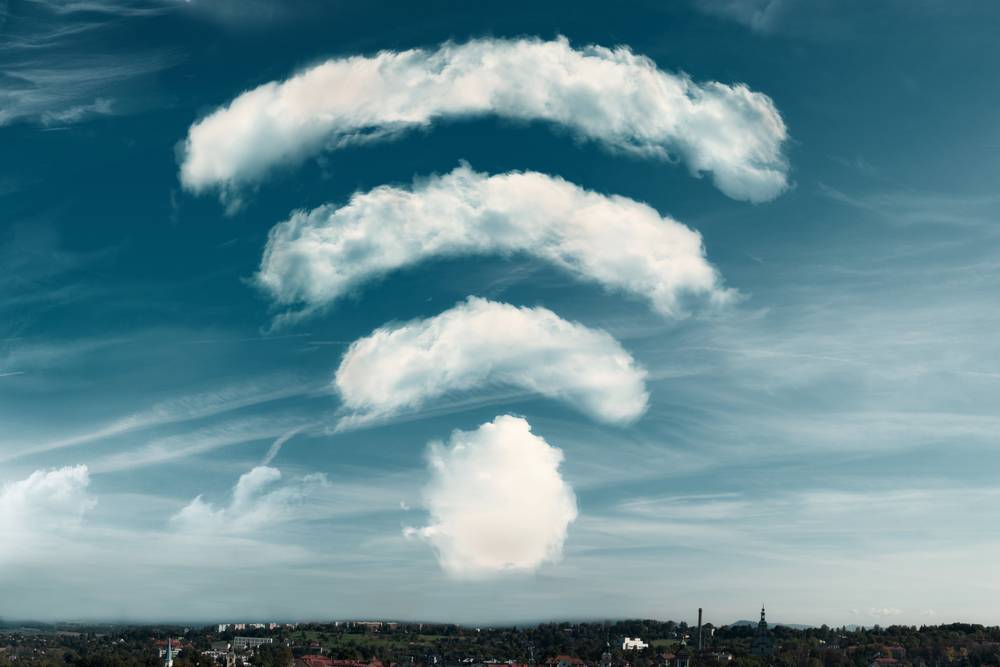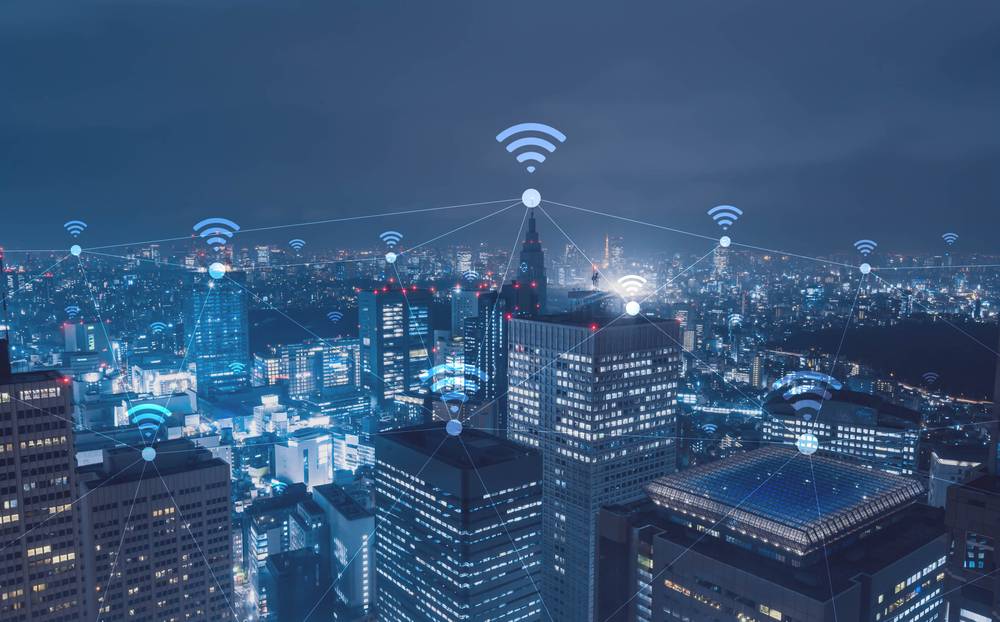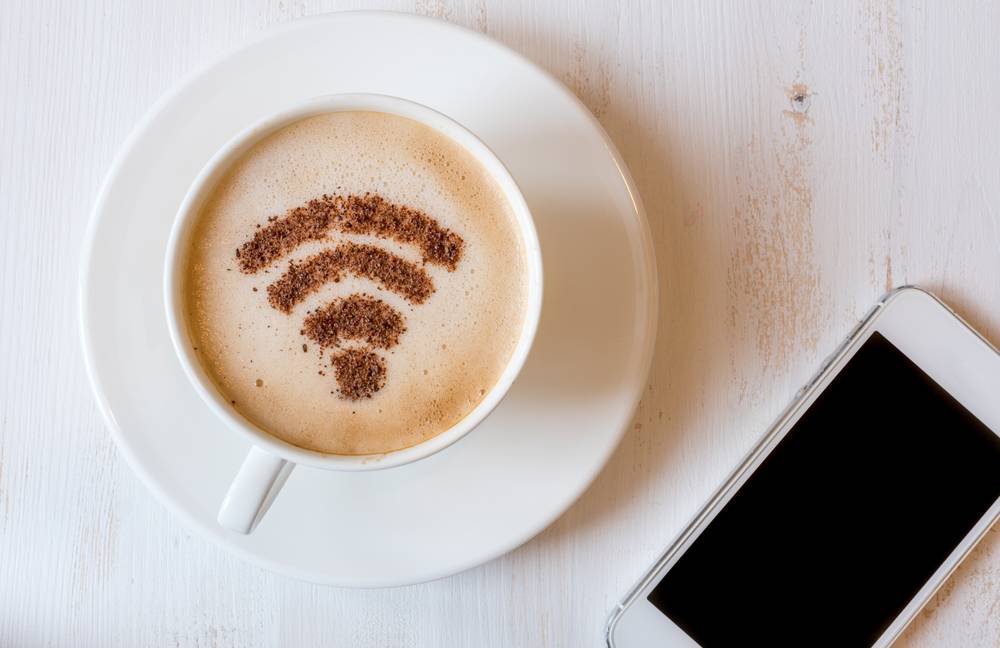
WiFi has become one of the most critical aspects of our daily lives, whether it’s in the workplace or at home. But what happens when users are constantly frustrated with slow internet speeds and unstable connections?
One possible reason for these issues could be WiFi interference, which can be down to a number of factors. We’ll be looking at five things that can cause WiFi interference and provide tips for minimising them, or avoiding them altogether.
What is WiFi interference?
WiFi interference is when other wireless signals and devices disrupt or interrupt your WiFi signal.
This can happen due to various reasons, such as other WiFi networks nearby, microwave ovens,PIRs and Bluetooth devices. Interference affects your connection by weakening or destabilising your WiFi signal, resulting in slower internet speeds or even disconnections.
WiFi interference can be a common issue in densely populated areas, such as apartment buildings or urban environments, where many devices are competing for limited wireless bandwidth.
Types of WiFi interference
There are three main types of WiFi interference:
Co-channel interference
This occurs when two or more wireless networks are using the same channel or frequency, causing interference and reducing the speed and reliability of both networks.
Adjacent channel interference
This happens when wireless networks use channels that are close to each other, such as channels 1 and 2 or channels 6 and 7, causing interference and reducing the speed and reliability of both networks.
Non-WiFi interference
This type of interference comes from other sources of electromagnetic radiation that can interfere with WiFi signals, such as microwave ovens, cordless phones, Bluetooth devices and even some types of lighting.
So now that we’ve covered what WiFi interference is and the different types of WiFi interference, let’s get into more detail on how it’s caused and how to fix it.
1. Channel overcrowding
One of the most common sources of WiFi interference is overlapping wireless networks from nearby devices in the local area, such as neighbouring businesses or public hotspots. When multiple networks share similar channels, congestion or slow speeds can occur. This is called channel overcrowding.

Channel overcrowding is a common issue in public WiFi settings such as cafes and hotels. This interference occurs because too many devices are trying to use the same WiFi channel, causing congestion and slower speeds.
To avoid channel overcrowding, it’s best to use multiple access points and separate them across different channels. This way, the load is distributed across multiple channels, and each access point can handle more devices.
A WiFi site survey will also be able to determine if nearby interference would be an issue with your particular business premises. When we’re installing your network, we’ll then be able to make some quick fixes and get you on the appropriate channel.
2. Physical obstructions
Physical obstructions such as walls, doors and even furniture can cause WiFi interference. Materials such as concrete, metal and plaster can significantly reduce the range of WiFi signals.
The solution is to strategically place routers in areas where they can provide optimal coverage. It’s best to avoid placing routers near physical obstructions, such as concrete walls, and instead place them in open areas that provide a clear line of sight.
In a way, you could also look at distance being a physical factor that can cause WiFi interference for users such as hotel guests or office workers. Being too far from a router can lead to a poor WiFi signal, which is a common cause of frustration.

If your business occupies a large area, such as a whole office floor or something up to the size of a shopping centre, then we’ll be able to recommend solutions that will guarantee strong WiFi signal coverage no matter where you access the network across your site.
3. Other devices and gadgets
Other wireless devices such as cordless phones and Bluetooth devices can cause interference with WiFi signals. This interference occurs because these devices also operate on the same frequency as WiFi signals. To avoid interference, it’s best to keep routers away from other wireless devices or use wired connections instead of wireless.
A wireless survey will be able to identify whether or not any of these may be a problem if you’re looking to get your business running on a fast network. But it’s easy to see how in a busy, public space or modern office filled with gadgets, there are numerous items that can realtor in WiFi interference.

4. Outdated technical settings
Outdated network security protections and firmware can cause WiFi interference, especially on older or cheaper systems. Any security settings may impede the wireless network from working at its optimum capacity, which can slow down performance for the end-user.
To avoid interference, it’s essential to regularly update network security protections and firmware to the latest versions. This will ensure that the WiFi network is functioning optimally and that security settings are not hindering the network’s performance.
5. Electrical devices
Electrical devices such as fluorescent lights, motors and other electronic devices can cause interference with WiFi signals. This interference occurs because electrical devices generate electromagnetic fields that can disrupt WiFi signals.
To avoid interference, it’s best to keep routers away from electrical devices or use shielded Ethernet cables.
If your business had a network installed a long time ago, and it’s not been updated in a while, then any firmware may very well be out of date, slowing down performance for the end-user.
Final thoughts
WiFi interference can cause frustration and affect productivity in any organisation. To avoid or minimise WiFi interference, make sure to investigate the cause of the problem and implement the necessary solutions.

Switch to less-crowded channels, move reflective objects and old WiFi devices away from your router, and consider repositioning your router altogether. Implementing these changes can go a long way in ensuring a stable, high-performing WiFi experience.
We hope you found this blog on WiFi interference useful, but if you have any further advice or have any questions about our WiFi site survey service, please feel free to contact us.